Even before the COVID-19 pandemic came along, the supply chain was beginning to seriously pique the interest of institutional and retail investors, emerging from its undervalued status as a target for cost-cutting, and rising to recognition as a driver of customer service and competitive advantage.
More than merely accelerating this effect, the pandemic has acted as a catalyst for supply chain focus, highlighting its criticality for successful commerce and the dire consequences of breakdown.
It’s likely that from now on, supply chain performance and structure will receive a lot more attention from investors than before the Coronavirus crisis—but what should they look for when deciding which companies offer the most promising possibilities of healthy yields?
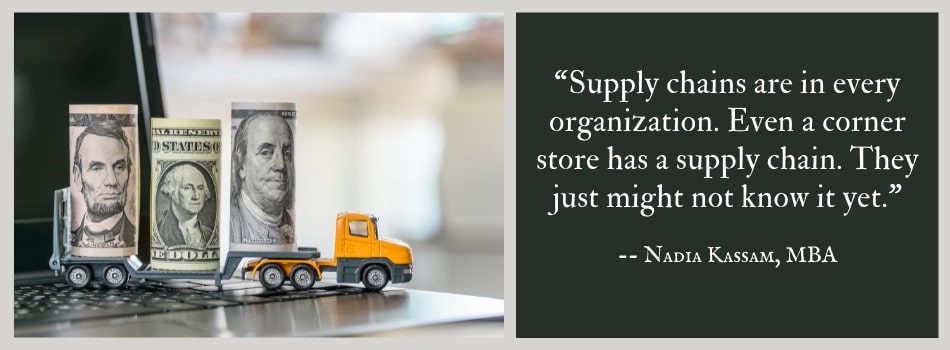
That’s what we’ll explore in the following paragraphs, both as a general indication of the supply chain’s impact on future business performance, and a guide for potential investors.
Which Supply Chain Approaches Will Drive ROI for Investors?
For investors wishing to evaluate the supply chain as an indicator for company investment, it is first necessary to understand how supply chains must change to gain competitive advantage and, indeed, for companies to survive at all.
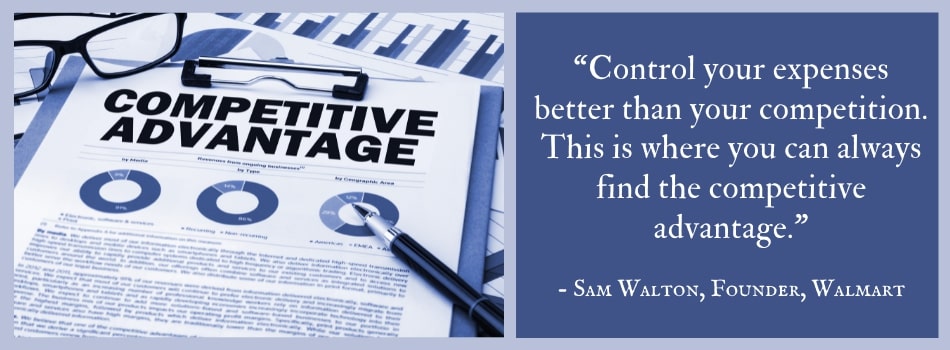
So let’s take a look at some supply chain aspects that are fundamentally transforming, and consider the differences most likely to ensure positive returns for investors.
1: From Support Role to Centre Stage
At the point of sale, customers today enjoy an unprecedented degree of choice in the range, price, and quality of products on offer, primarily due to the development of mobile technology, connectivity, and platform-based commerce. These developments have also generated demand for a similarly diverse range of fulfilment options.
Companies marketing most effectively are the ones that no longer focus solely on the benefits that a product offers to their customers, but also those provided by their fulfilment processes.
In the same vein, enterprises that incorporate the supply chain into their plans for customer-experience enhancement, are gaining engagement and loyalty, and setting new levels of expectation, which others will need to emulate if they wish to compete.
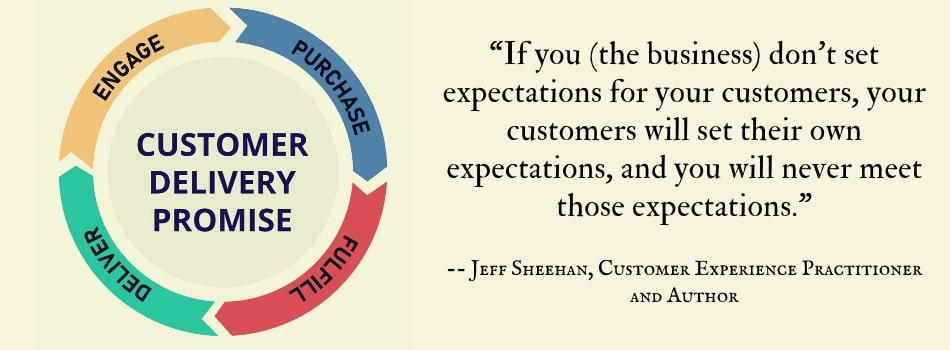
In short, the traditional view of the supply chain as a costly, but necessary, support function, existing purely to enable the balance of supply with demand, is losing its appeal. It will almost certainly continue to do so as the new view, in which the supply chain features strongly in marketing and customer service efforts, returns increasingly positive outcomes for merchants.
2: From Asset Ownership to Platform Exploitation
The traditional approach to supply chain operation is one based on massive capital expenditure. Inventory, storage facilities, transportation assets, energy provision—all of these things have conventionally been sourced through capital spending, leaving many companies with phenomenal sums of money sunk into capital investments.
Again, digital technology has arisen as the key to transformation, in the guise of services managed via online platforms. Unlike the asset-heavy supply chain, companies that exploit this ability to source just about everything “as a service” will find it easier to adapt to continually changing supply chain challenges and demands.
The Many Purposes of Supply Chain Platforms
How is digital platform use likely to be a future hallmark of supply chain success? To answer that question, let’s look quickly at how platform-delivered services and sales mechanisms can be exploited:
- Companies can shorten their supply chains by transitioning some, or all, of their sales to direct-to-customer (D2C) channels, thereby reducing their reliance on wholesalers, distributors, and other partners.
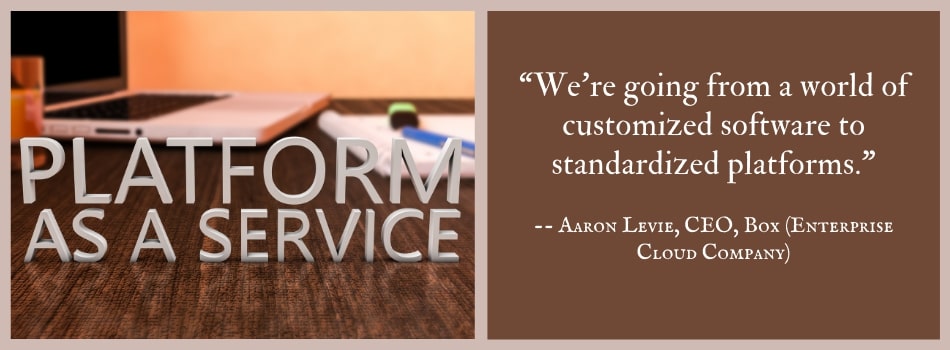
- Integrated networks of “as-a-service” platforms, including analytics engines that predict demand dynamically, can enable businesses to scale autonomously to meet peaks and troughs. That’s a big step forward from the historical approach of reactive inventory management and capital sunk into fixed assets for storage, fulfillment, and transportation.
- “As-a-service” logistics providers are able to support companies with rapid, scalable, support solutions, including on-demand fulfilment and last-mile delivery, via platforms that offer total visibility into the providers’ performance and the client/provider relationship.
- Companies with large, existing networks of capital assets can even exploit those by making them available to other entities via as-a-service platforms.
The final point above highlights attractive possibilities for companies that remain locked into capital-heavy supply chains, since as-a-service platforms can help them use their assets more efficiently.
However, the wealthiest prizes are likely to be enjoyed by businesses that opt for flexible, scalable, exploitation of platform networks, incorporating everything from D2C sales, through planning and analytics, freight shipping, and order fulfilment, to last-mile delivery.
3: From People-Power to Technological Talent
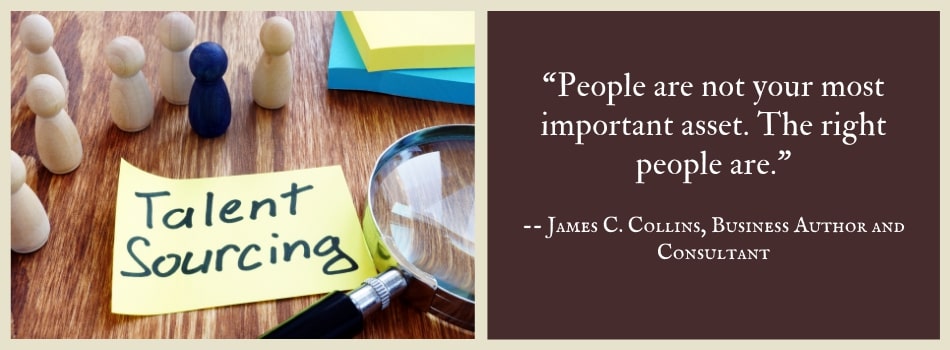
The supply chain arena has always been about people and their relationships, along with asset utilisation, meaning that talent acquisition is typically focused on skilled operators and people managers.
These qualities will continue to hold exceptional value in future supply chain operations. In addition, however, successful companies will be concentrating more on acquiring hybrid talent, that is, professionals with an in-depth understanding of technology and its integration with the physical elements of logistics operations and supply chain.
Does this mean that investors should merely favour companies that value technological prowess in their talent acquisition policies?
Unfortunately, it’s not that simple. Since digital transformation is a principal feature in all business functions today, competition for hybrid talent is stiff.
Therefore, it would be more prudent to explore how effectively (or not) a company is implementing recruitment strategies that encourage candidates with the right mix of ops and tech expertise.
For example, signs that a company is moving in the right direction, talent-wise, might include:
- The deployment of staff in new roles, absent the traditional supply-chain-centric titles and instead, hybridizing across data-science and logistics skill sets.
- An evident willingness to embrace remote and flexible working, perhaps utilizing a workforce combining regular employees, outsourced contractors, and home-based freelancers. The precise makeup of the workforce should not be of concern, but companies sticking exclusively with conventional employment contracts may not find it easy to build the right mix of talent.
- The establishment of in-house technology-based training programs or partnerships with relevant education providers.
4: From Massive Production to Micro Supply Chain
Cost to serve has always been a telling, but tough-to-define, measurement of supply chain performance. Those companies that understand their cost-to-serve hold an advantage over their competitors. That’s because they’re able to see which customers, SKUs, and processes are most and least profitable—and respond accordingly.
Soon, though, understanding cost-to-serve will become more straightforward, even as product lines and customer categories continue to diversify. Moreover, as a result of intelligent automation and similar digital technology advances, the supply chain of the near future will be one in which cost-to-serve can be analysed by a company continuously in real-time.
That capability will be critical and will separate the most successful supply chain operators from the rest.
The reason? Because of the evolving need to provide customers with ever-greater choices and meet their requirements for customisation and personalisation.
Dynamic Supply Chain Adjustment
Companies dependent on capital-intensive mass production and long-term supply partnerships are rarely nimble. As highlighted by the pandemic, they can struggle to adjust to new challenges and volatile demand fluctuations.
Similarly, they often operate what is essentially a one-size-fits-all supply chain model that fails to take into account, or even provide visibility of, the costs involved in delivering a variety of products and product variants.
Therefore, the best investment prospects will probably be those enterprises capitalising on powerful analytics platforms to interrogate cost-to-serve data for individual customers on the fly.
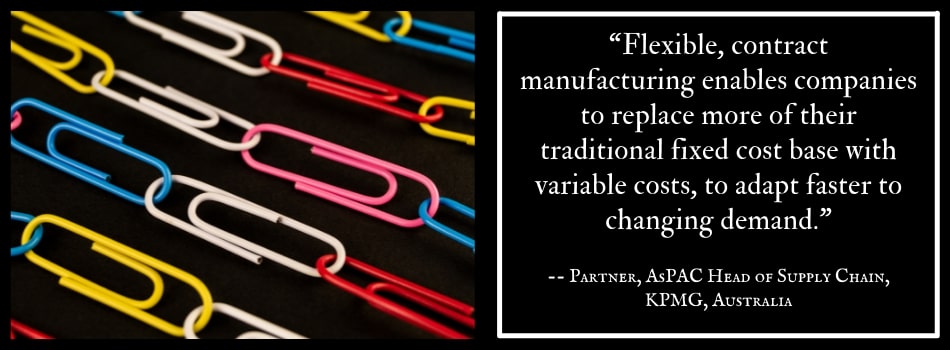
They will link these capabilities to multiple, micro supply chains, exploiting a combination of mass production and postponement to complete the manufacture of a product as close to their customers as possible. Dynamic cost-to-serve data visualisation will allow them to monitor the actual profitability of channels, products, customers, and supply chains, and continually tweak and adjust for optimal margins.
Bringing Production Closer to the Customer
Many of these micro supply chains will (in the western world) exist from end-to-end within a single national border, or perhaps within a region, rather than originating, for example, in China. Furthermore, they will use flexible contract manufacturing based on high levels of robotics and automation to operate on a largely variable cost base.
As a result, these businesses’ supply chains will be faster, more flexible, less expensive, more sustainable, and less vulnerable to geopolitical issues and black swan events—and hence positive news for the supply-chain-savvy investor.
Investing in Supply Chain? Think Nimble as the New Normal
The common thread running through all the observations and ideas in this article is of supply chains that can be both agile and robust, and above all, nimble and elastic enough to respond quickly to changes and challenges in geopolitical, social, technological, environmental, and commercial environments that are typical of the 2020s.

Perhaps “typical” is the wrong expression, since, as the first couple of decades of this century have shown us, our world is subject to events and conditions that defy typicality. Still, that’s all the more reason for companies to think differently about supply chain operations.
If you’re looking at supply chains from the perspective of an institutional or retail investor, the safer money would appear to be that which backs those nimble, agile, and asset-light supply networks. Meanwhile, the glory days could be over for companies relying on the capital-intensive, heavily integrated chains suited to a less tumultuous, bygone age.
Editor’s Note: This post was originally published on August 17, 2021, under the title “Evolving Supply Chain Models and the Outlook for Investors” on Logistics Bureau’s website.


